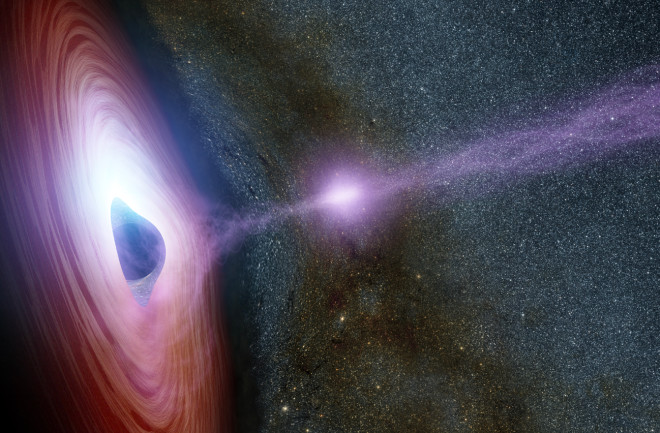Imagine a future in which humans have built advanced spacecraft, capable of traveling at a significant percentage of the speed of light. Scientists have also become aware of a large black hole in our galactic neighborhood — now well within our reach.
When a team of researchers assemble to travel to the black hole, one curious question might rise above all others: “What would happen if we flew straight into it?”
For now, this hypothetical scenario is still a long way off. Yet for as long as we have been aware of black holes, scientists have wondered what mysteries lie beyond the event horizon — the edge of a black hole, representing the “point of no return,” where even light is unable to escape the bizarre object’s gravitational pull.

